Introduction
Introducing solid foods to your baby is an exciting milestone in their development. Among the first meals many parents choose is porridge—a soft, easily digestible dish that can be customized with various nutrients. Fish porridge, in particular, is an excellent option due to its rich protein content, omega-3 fatty acids, and essential vitamins like D and B12. These nutrients support brain development, bone health, and immune function in growing infants. However, preparing fish porridge for babies requires careful attention to safety, texture, and flavor to ensure it is both nutritious and appealing. This article will guide you through selecting the right ingredients, preparing the porridge step-by-step, and offering tips to adapt the recipe as your baby grows.
Why Choose Fish Porridge for Your Baby?
Fish is a lean protein source that is easier to digest compared to red meats. For babies, white fish varieties like cod, haddock, or tilapia are ideal because they have mild flavors and low mercury levels, reducing health risks. Omega-3 fatty acids, found abundantly in fish, are critical for brain and eye development. Additionally, fish provides iron, zinc, and iodine—minerals that support metabolism and cognitive growth. Pairing fish with rice or another grain creates a balanced meal that combines energy-rich carbohydrates with high-quality protein.
Selecting the Right Ingredients
- Fish: Opt for fresh, skinless, and boneless white fish fillets. Frozen fillets are also acceptable if they are free from added salts or preservatives. Always check for tiny bones by running your fingers along the flesh.
- Grain: Short-grain white rice is traditionally used for porridge due to its sticky texture, which helps achieve a creamy consistency. Alternatively, quinoa, millet, or brown rice can be used for added fiber, though they may require longer cooking times.
- Liquid: Use low-sodium vegetable broth, water, or breast milk/formula to cook the porridge. Avoid cow’s milk before 12 months unless approved by a pediatrician.
- Vegetables (Optional): Finely chopped carrots, peas, or spinach can be added for extra vitamins. Steam or boil them until tender before blending.
- Seasonings: A pinch of mild herbs like dill or parsley can enhance flavor. Avoid salt, sugar, or spices until after 12 months.
Equipment You’ll Need
- A medium saucepan with a lid
- A sharp knife and cutting board
- A fine-mesh sieve or fork (for deboning fish)
- A blender or food processor (for puréeing, if needed)
- A wooden spoon or silicone spatula
- Baby-friendly bowls and spoons
Step-by-Step Preparation
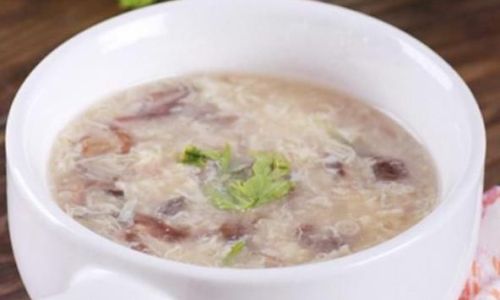
Preparing the Fish
- Rinse the fish fillets under cold water and pat them dry with a paper towel.
- Inspect the flesh for any remaining bones, using your fingers or tweezers to remove them.
- Cut the fish into small, even pieces (about 1-inch cubes) to ensure even cooking.
Cooking the Grain
- Rinse ¼ cup of rice under cold water to remove excess starch.
- In a saucepan, combine the rice with 1.5 cups of liquid (broth, water, or a mix).
- Bring to a boil over medium heat, then reduce the heat to low, cover, and simmer for 15–20 minutes (or until the rice is tender and the mixture thickens). Stir occasionally to prevent sticking.
Steaming the Fish
- While the rice cooks, place the fish pieces in a steamer basket over boiling water.
- Steam for 5–7 minutes, or until the fish flakes easily with a fork. Avoid overcooking, as this can make the fish dry and tough.
Combining Ingredients

- Once the rice is cooked, add the steamed fish to the saucepan.
- Gently stir to combine, using the back of a spoon to break the fish into smaller flakes.
- If the porridge is too thick, add a splash of liquid (breast milk, formula, or broth) to achieve a smooth, spoonable consistency.
Puréeing (For Younger Babies)
- For babies under 8 months, blend the porridge until smooth using a blender or food processor. Add liquid gradually to reach a runny texture.
- For older babies, mash the mixture with a fork to create a chunkier texture, encouraging chewing practice.
Adding Vegetables (Optional)
- If using vegetables, steam or boil them until soft. Purée or mash them separately, then stir into the porridge.
- Leafy greens like spinach should be added at the end of cooking to retain nutrients.
Cooling and Serving
- Let the porridge cool to room temperature before serving. Test the temperature on your wrist to ensure it’s not too hot.
- Serve in a shallow bowl with a soft-tipped spoon.
Safety Tips
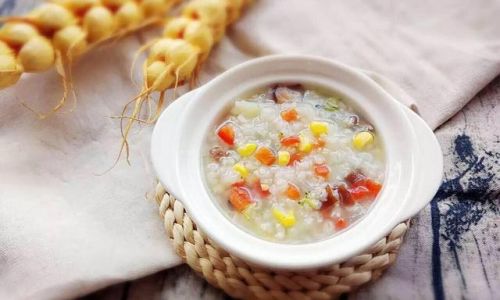
- Allergies: Introduce fish after 6 months and only if there’s no family history of seafood allergies. Wait 3–5 days before offering other new foods to monitor for reactions.
- Choking Hazards: Ensure the porridge is free of bones and has a smooth texture. Avoid adding chunky vegetables until your baby can handle them (usually around 8–10 months).
- Storage: Refrigerate leftovers in an airtight container for up to 24 hours. Discard any uneaten portions to prevent bacterial growth.
Adaptations for Older Babies
As your baby grows, you can modify the recipe to suit their developing palate and chewing skills:
- Texture: Gradually reduce the blending time to create a lumpier consistency. Introduce soft, cooked vegetables like diced carrots or peas.
- Flavor: Add a pinch of mild herbs (e.g., basil, thyme) or a squeeze of lemon juice (after 12 months).
- Protein Variety: Substitute fish with chicken or tofu for meal diversity.
Nutritional Benefits per Serving (Approximate)
- Calories: 120–150 kcal
- Protein: 8–10 grams
- Omega-3 Fatty Acids: 150–200 mg
- Iron: 0.5–1 mg
- Vitamin D: 40–60 IU
Frequently Asked Questions
Q1: Can I use frozen fish?
Yes, but ensure it’s thoroughly thawed and cooked to an internal temperature of 145°F (63°C). Avoid pre-seasoned or breaded varieties.

Q2: How can I make the porridge creamier?
Add a tablespoon of mashed avocado or a splash of full-fat coconut milk after cooking.
Q3: My baby refuses fish—what should I do?
Mix a small amount of fish purée with their favorite fruit or vegetable purée. Repeat exposure often, as tastes evolve.
Q4: Is canned fish safe?
Opt for low-sodium, water-packed tuna or salmon (avoid albacore tuna due to higher mercury levels). Mash it thoroughly to remove bones.
Q5: Can I freeze leftovers?
Yes, in ice cube trays for up to 1 month. Thaw overnight in the refrigerator and reheat gently.
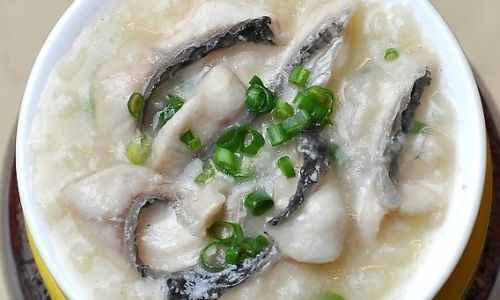
Conclusion
Preparing baby fish porridge is a rewarding way to nourish your child with essential nutrients while introducing them to new flavors and textures. By prioritizing fresh ingredients, proper cooking techniques, and age-appropriate adaptations, you can create a meal that supports their growth and sparks a love for healthy food. Remember to consult your pediatrician before introducing fish, especially if allergies are a concern. With patience and creativity, this simple dish can become a beloved staple in your baby’s diet. Bon appétit, little one!
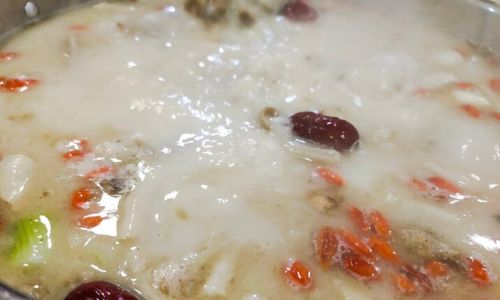

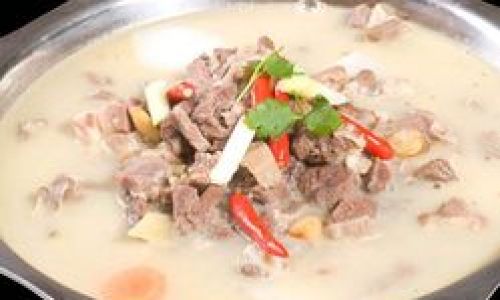
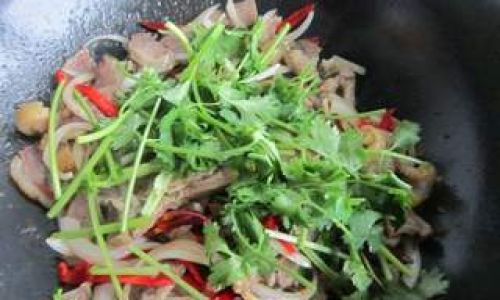
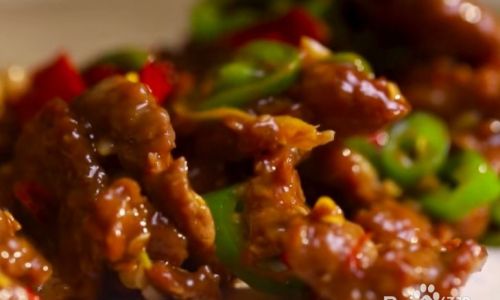

0 comments